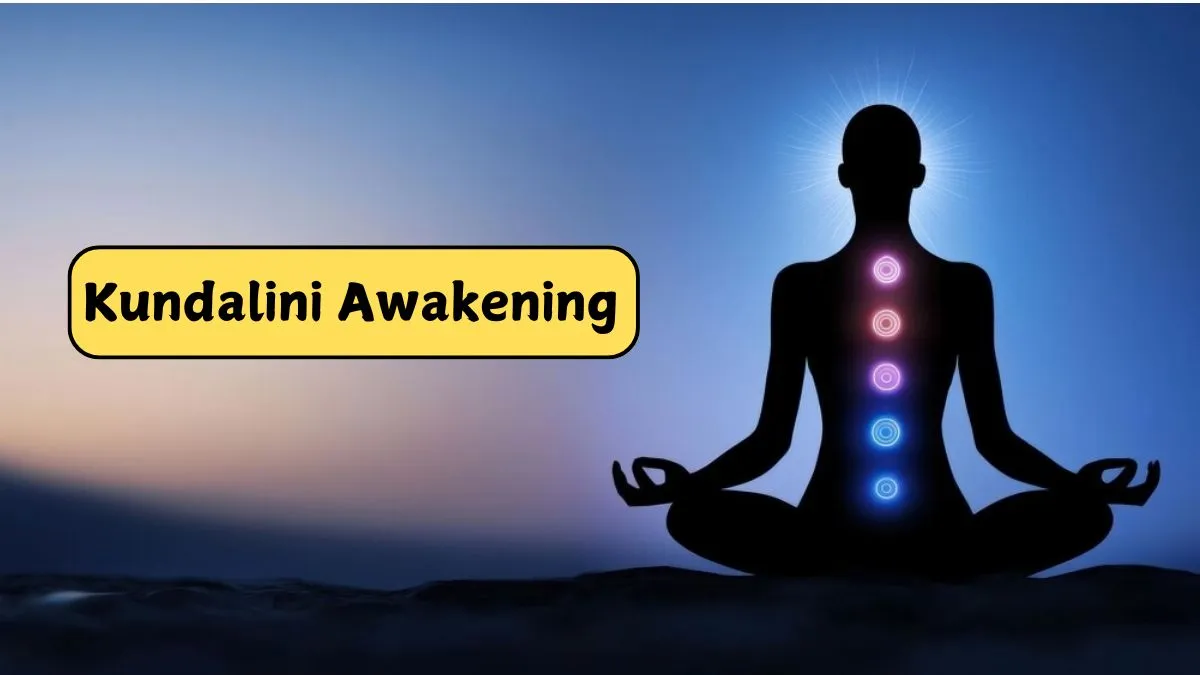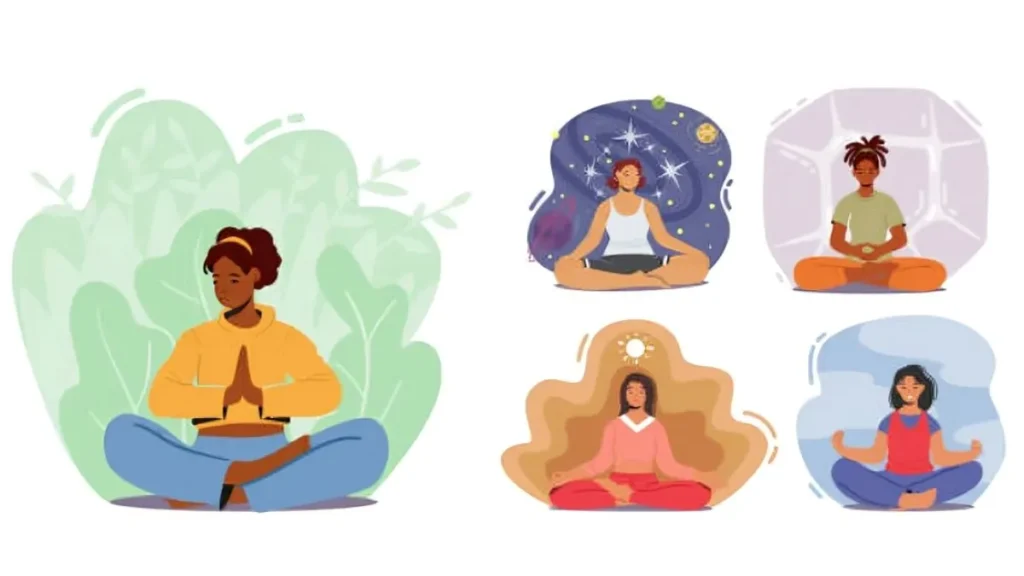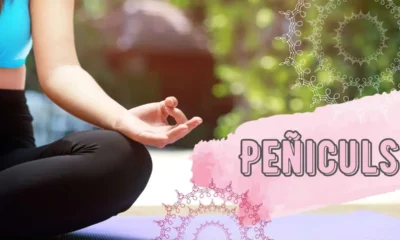YOGA
Kundalini Awakening: Balancing Energy Through Yoga

Kundalini awakening is the process of awakening or liberation of a dormant energy located at the base of the spine as presented by a mere picture of a serpent that is coiled up. This awakening is a concept seen in several yogas and spiritual disciplines to foster higher consciousness, spiritual evolution, and change. It is not only the physical one that impacts the mental and emotional processes leading to profound states of individualization and spirituality or higher consciousness. It becomes important for anyone, especially those interested in self and spiritual advancement, to understand Kundalini’s awakening.
Table of Contents
Primary Historical and Cultural antecedents
Kundalini is part of the Hindu belief system, and therefore, it has existed for thousands of years. The root may be traced back to the Upanishads and was further refined in the Tantric and Shaktist schools of thought. Kundalini is linked to traditions such as Shaktism, which worships feminine divinity, and Tantra, which studies the relationship between the microcosm and the macrocosm. These traditions regard Kundalini as a power that, once activated, becomes an insight into who you really are and the nature of the world. In due course, the Kundalini practices have traveled to other parts of the world and have been adopted by different cultures and spiritual systems.
Methods of Awakening Kundalini
Kundalini can be awakened in several ways, all of which involve the process of awakening and the circulation of this energy. Some of the practices include meditation, pranayama, asana, and mantra chanting. Both methods, as has been stated before, operate on the physical, mental, and spiritual levels so that people can relate to their internal energy fields. However, this is hinged on the level of commitment, consistency, and psychological flexibility of the practitioner.

Meditation Practices for Kundalini Awakening
One of the most effective techniques for activating Kundalini is definitely meditation. Several techniques can facilitate this process, including:
- Guided Meditation: This entails obeying a teacher’s instructions to imagine and feel the Kundalini energy.
- Mantra Meditation: Repeat certain phrases related to Kundalini energy to help raise people’s consciousness.
- Silent Meditation: Turned toward one’s inner experience and intent on noticing mental events.
To meditate for the Kundalini awakening process, choose any place, sit comfortably, close your eyes, and think about your breathing. Start with guided meditations intended for Kundalini. Numerous techniques will appeal to the practitioner and can provoke personal development.
Pranayama: Breath Control and Kundalini
The control and direction of Kundalini are achieved through inhibition or channeling, and breath control is achieved through Pranayama. Depending on the type of Pranayama practised, it aids in balancing the energy pathways in the human body, which is called Nadis. Some effective techniques include:
- Kapalabhati (Skull Shining Breath): Creates vibration in the body and dispels the mental dullness that kundalini needs to cut through.
- Nadi Shodhana (Alternate Nostril Breathing): Tones up the left and right channels of the body and puts one in balance, thus creating a relaxing posture.
- Bhastrika (Bellows Breath): Stimulates and awakens latent forces, which help the process of rising Kundalini.

Practicing pranayama daily can help improve the chances of balancing and directing Kundalini very effectively to achieve awareness and vitality.
Asanas: Yoga Postures for Awakening
Among the principal elements of Kundalini yoga, the asanas provide a critical application for the structuring of the body for the awakening process. Specific Asanas are very useful in opening the energy channels to achieve flexible movements. Some key poses include:
- Bhujangasana (Cobra Pose): Massaging the spine and circulation of energy at the body.
- Setu Bandhasana (Bridge Pose): Therapists use this stone to open the heart chakra and facilitate the circulation of energy upward.
- Padmasana (Lotus Pose): A position that has to do with sitting and has the potential to help one become more centred.
Incorporating these asanas into your yoga practice can create a solid foundation for Kundalini awakening and allow for deeper spiritual experiences.

Chanting Mantras and Their Significance
Chanting mantras is significant in Kundalini practices as a powerful tool for spiritual awakening and energy alignment. Mantras are sacred sounds or phrases that, when repeated, create vibrational frequencies capable of elevating consciousness. This practice helps practitioners focus their minds, enhance meditation, and deepen their connection to their inner self and the universe. Common mantras, such as “Om,” “So Hum,” and “Sat Nam,” are believed to resonate with the energies of creation and truth, promoting inner peace and clarity. Regular mantra chanting amplifies the experience of Kundalini awakening and fosters emotional healing and spiritual growth.
Potential Benefits and Challenges of Kundalini Awakening
Several potential benefits to the awakening of Kundalini energy include an increase in spirituality, healing from past feelings, and self and universal recognition. Regarding practical effects, the overall consensus from articles and testimonies of practitioners has marked enhancements in intuition, creativity, and general mental and organizational acuity. Nevertheless, Kundalini awakening should be exercised carefully. Some participants may need a lot of catharsis or some physical feelings that can hardly be endurable. Many of these challenges require practice, and the best course is conducted safely, where users have access to a knowledgeable teacher.
Conclusion
Kundalini awakening is the spiritual process of self-actualization or the attainment of self-realization or divine consciousness. Cultivating awareness as to the procedure of this process, the advantages and drawbacks of the process, and the practice itself will be helpful for anyone consciously developing his or her practice. Thus, meditation, pranayama, asanas, or mantra chanting via the path to awakening Kundalini opens opportunities for personal transformation and becomes a tool for personal growth while increasing one’s effectiveness and identification with the universe. More specifically, it is in contact with all these practices that one can develop his or her inner power for self-creation and enlightenment.
Want more tips like these? Head over to our blog for more!
-

 GENERAL2 months ago
GENERAL2 months agoUncovering the World of кинокрадко: The Dark Side of Film Piracy
-

 GENERAL1 month ago
GENERAL1 month agoUnveiling the Art of преводсч: How Translators Bridge Language Barriers
-

 YOGA1 year ago
YOGA1 year ago4 Person Yoga Poses for Beginners
-

 GENERAL2 months ago
GENERAL2 months agoThe Journey of iamnobody89757: From Anonymous User to Internet Sensation





























